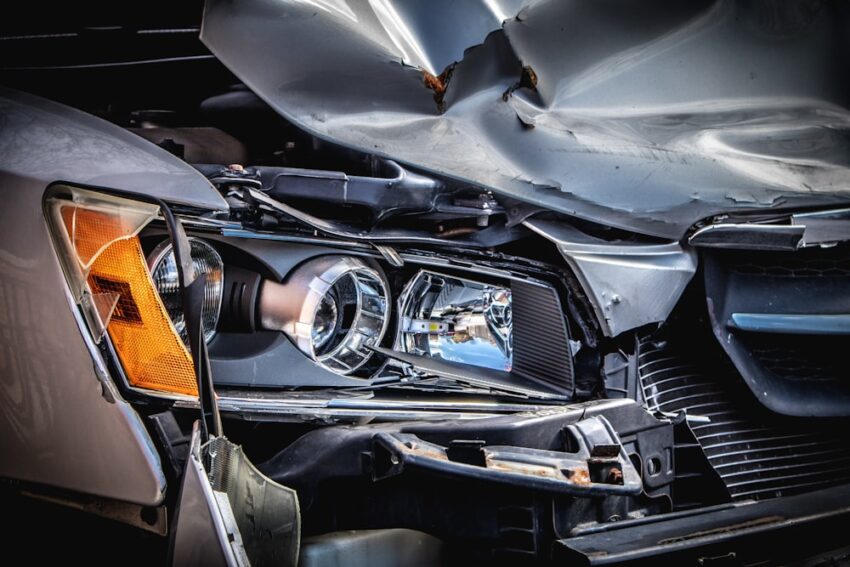Car accidents are stressful and often result in complex legal and financial challenges. When you’re involved in a car accident where the damages exceed the at-fault party’s insurance policy limits, the situation can become even more daunting.
Many individuals in this predicament may feel they have no recourse to recover the full extent of their damages. However, there are several options available to pursue additional compensation. This blog aims to provide a comprehensive guide on handling such situations, ensuring you understand your rights and potential courses of action.
Understanding Policy Limits
What Are Policy Limits?
Insurance policy limits refer to the maximum amount an insurance company will pay for a covered claim. These limits are defined in the policy and are typically expressed in a format like $50,000/$100,000/$25,000, which corresponds to bodily injury per person, bodily injury per accident, and property damage per accident, respectively.
Why Policy Limits Matter
Policy limits are crucial because they cap the insurer’s liability. If your damages exceed these limits, the at-fault party’s insurance will not cover the excess amount, leaving you with a financial shortfall. Understanding your own policy limits and those of the at-fault party is essential in planning your next steps.
Steps to Take When Damages Exceed Policy Limits
1. File a Claim with Your Own Insurance
One of the first steps you should consider is filing a claim with your own insurance company. Depending on your coverage, you may be able to recover additional damages through:
- Uninsured/Underinsured Motorist Coverage: If you have uninsured/underinsured motorist (UM/UIM) coverage, it can help cover the gap between the at-fault party’s policy limits and your actual damages. This type of coverage is designed to protect you in situations where the other driver lacks sufficient insurance.
- Collision Coverage: Collision coverage can help pay for repairs to your vehicle regardless of who was at fault. While this doesn’t cover medical expenses or pain and suffering, it can mitigate out-of-pocket costs for vehicle repairs.
2. Pursue Legal Action Against the At-Fault Party
If insurance isn’t sufficient, you may need to consider pursuing legal action directly against the at-fault party. This process involves:
- Filing a Lawsuit: You can file a personal injury lawsuit against the at-fault driver to recover damages that exceed their insurance policy limits. Winning a lawsuit may result in a court judgment in your favor, compelling the at-fault driver to pay the difference.
- Collecting the Judgment: Even if you win a lawsuit, collecting the judgment can be challenging. The at-fault party may not have sufficient assets to cover the damages, or they may declare bankruptcy, complicating the recovery process. However, a judgment can sometimes be collected through wage garnishments or liens on property.
3. Explore Other Sources of Compensation
- Employer Liability: If the at-fault driver was working at the time of the accident, their employer might be held liable under the legal doctrine of respondeat superior. This could provide an additional avenue for compensation if the employer has a more substantial insurance policy or assets. Getting professional legal guidance can help identify any 3rd parties who may be liable for an accident.
- Additional Policies: In some cases, the at-fault driver may have other insurance policies that could contribute to the damages, such as umbrella policies. These policies provide additional coverage beyond standard policy limits and can help cover the excess damages.
Preventive Measures
Increase Your Own Coverage
One of the best preventive measures is to ensure you have adequate insurance coverage. Consider increasing your policy limits for liability, UM/UIM, and adding an umbrella policy for extra protection. This can provide peace of mind and financial security in the event of a severe accident.
Regularly Review Your Policy
Regularly review and update your insurance policy to ensure it aligns with your needs and financial situation. Life changes such as purchasing a new vehicle, moving to a new area, or changes in income can impact your insurance requirements.
You Have Options to Recover Damages
Dealing with the aftermath of a car accident where damages exceed the at-fault party’s policy limits can be overwhelming. However, understanding your options can empower you to take the necessary steps to recover your losses. Whether through your own insurance, legal action, or other sources of compensation, you have avenues to pursue the damages you’re entitled to.
It’s always advisable to consult with a legal professional to navigate these complexities and ensure you’re making informed decisions. By taking proactive measures and understanding your rights, you can better handle the financial impact of a serious car accident.

